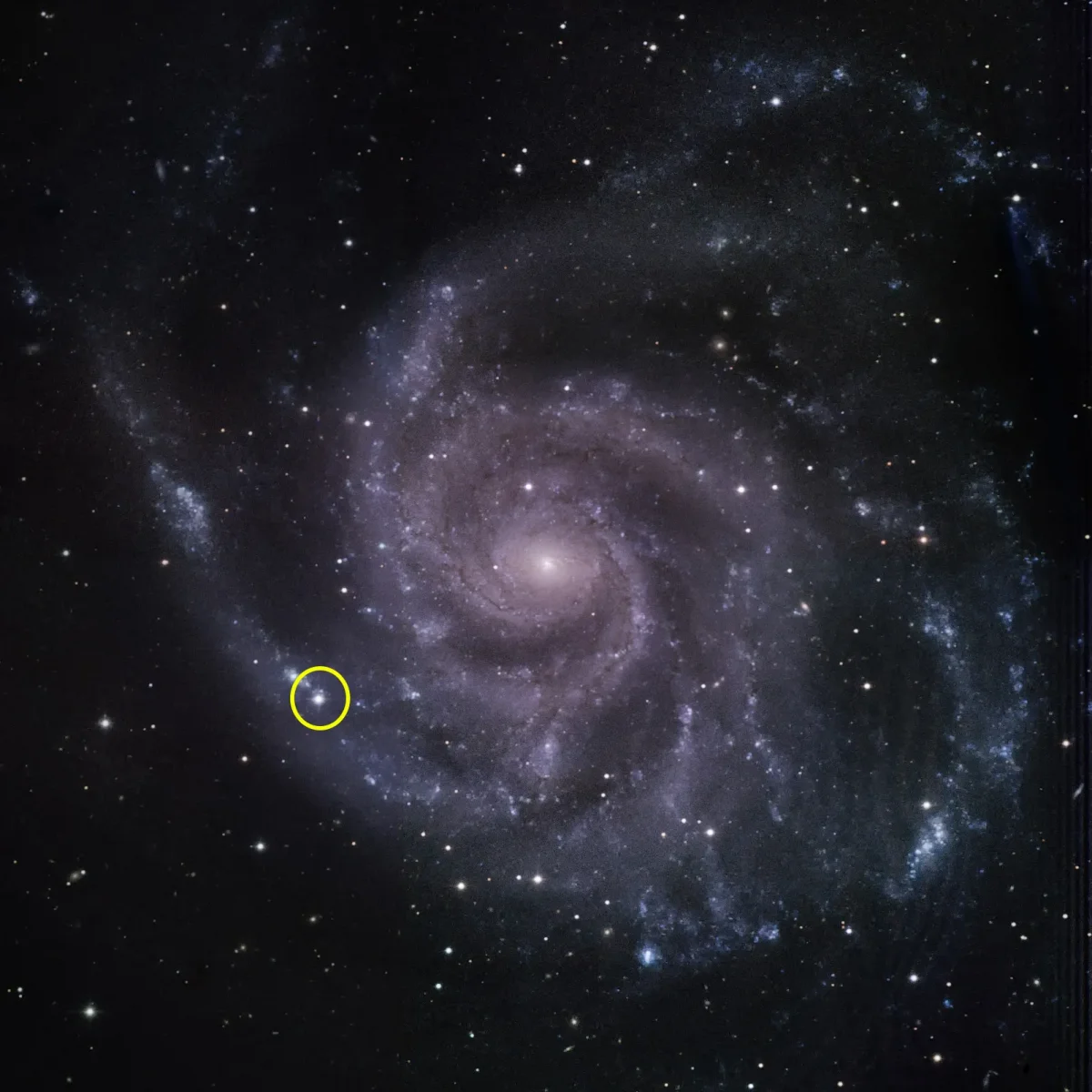About 50 new species of dinosaurs are discovered each year – but not in Germany. Can we still find new dinosaur fossils at all? What dinosaurs really existed at that time?
“We found the hind limbs, we found the pelvic vertebrae, a relatively large number of pelvic bones, some ribs and a little bit of the skull. We also found some nice teeth,” says Oliver Wings, head of the Natural History Museum in Bamberg. . Wings is a vertebrate paleontologist who is currently excavating. Discovery: a previously unknown predatory dinosaur.
Find 165 million years old
Its shape can be roughly imagined as that of the most famous of the predatory dinosaurs, Tyrannosaurus Rex: two legs, short arms, and a long tail. The whole animal can reach nine meters in length. A team led by Wings, along with Kyrgyz paleontologist Aizek Bakirov, has been busy excavating, preparing and describing the new dinosaur for the past few weeks.
What’s next for Wings: The Journey Home. Because the new predatory dinosaur doesn’t come from Germany – it’s from Kyrgyzstan. The animal lived and died there about 165 million years ago.
Germany was an island paradise
It is estimated that about fifty new species of dinosaur are discovered each year – roughly one each week. However, very few new dinosaur species appear in Germany. what is the reason?
No matter how long paleontologists dig in this country – they probably won’t find a dinosaur as large as a predator like Tyrannosaurus Rex or a fossil from Kyrgyzstan. The reason for this is very simple: most of Germany was covered by water at that time, and there were only a few islands left. What looks like a vacation paradise to us today was not the right home for the large predatory dinosaurs of the Jurassic and Cretaceous periods.
On the other hand, there are definitely dinosaurs that felt at home on tropical atolls 150 million years ago: the feathered, pigeon-sized ones, for example. Archeopteryx. It is considered one of the most important fossil discoveries in the world. Since the mid-19th century, a total of 11 specimens of this fossil, known as the “primitive bird”, have been found, most recently in 2010, all in Franconian Jura.
Archeopteryx “primitive bird” fossil. According to recent findings, many dinosaurs may have had feathers.
Europasaurus: Pygmy Giants of Lower Saxony
“Europasaurus is also a very good example of the importance of dinosaur excavations in Germany,” says Darius Nau of the University of Bonn. The first Europasaurus specimen was discovered in 1998 by a hobby paleontologist in a limestone quarry in Lower Saxony. The age of the discovered fossils is about 154 million years.
The animal was a herbivore, sauropod – those dinosaurs with extremely long necks that grew up to a hundred feet long and are considered the largest creatures on earth to ever walk the Earth. However, Europasaurus wasn’t that big.
In fact, at a maximum length of eight meters, it was small for a sauropod. “The hypothesis for this is that Europasaurus is an example of island dwarfism. Their ancestors may have been very large, but these dinosaurs reduced their body size to deal with the island’s limited food resources,” Nao says.
Europasaurus holgeri skull bone. In the background, a depiction of what might appear to be life.
Germany was a world of marine dinosaurs
For this reason, researchers on the former “Paradise Island” in Germany are mainly finding fossils of sea creatures of that time, including marine dinosaurs. One of the most well-known sites for marine dinosaurs is located in Baden-Württemberg. In the Posidonia Slate in the Swabian Jura, for example, there are several ichthyosaurs that inhabited the sea around 180 million years ago.
Ichthyosaurs were dolphin-like marine dinosaurs that gave birth to live young. “We found very well-preserved ichthyosaurs, and some of them even have cuticular shadows, that is, the outlines of soft tissues,” Nao says.
Germany in the Triassic: Home of Plateosaurus
In the case of dinosaur discoveries in Germany, on the other hand, paleontologist Rainer Schoch of the University of Hohenheim considers one of the earth’s periods to be particularly important: the Triassic period, in which dinosaurs first evolved into rulers of the earth. In the late Triassic period, about 220 million years ago, Germany was not yet completely covered by water.
Thus there was enough habitat for the first dinosaurs – for example for dinosaurs up to ten meters long. Finds of this two-legged herbivore date back more than 200 million years. One of the most important Plateosaurus discovery sites is near Trossingen in Baden-Württemberg. “Over ninety skeletons have been found there,” says Schoch. These animals have never met.
Nowadays researchers assume that there were many water and mud holes in which the animals sank, could not free themselves and then died. “We want to know everything about the living conditions of these early giants, everything about the other animals and plants that were there. Because only when we understand the ecosystem, we also understand the role that dinosaurs played in it,” Shosh.
Excavations also in Germany
The most productive sites for new dinosaur species are not in Germany, where dinosaur excavations have been excavated since the 19th century. Areas of interest for fossils are currently more likely to be located where no research has been conducted for fossils in decades, as in the case of China, Argentina, or Kyrgyzstan.
But in Germany, too, researchers are still searching for dinosaurs and the world they lived in long ago: for Rainer Schoch, the next excavations at the site in Trossingen will begin again in mid-June.
You can see more on this topic in the documentary “ARD Knowledge: The World of Dinosaurs – Victory March of Feathers” on Monday, June 5th at 10:20 p.m. 1st.

“Total coffee aficionado. Travel buff. Music ninja. Bacon nerd. Beeraholic.”







More Stories
The closest supernova to Earth in years produced a surprisingly small amount of gamma radiation
The Stanford report shows what AI can do better than humans, and what it cannot do
The mysterious planetary pairs in the Orion Nebula don't come from a star system — from space